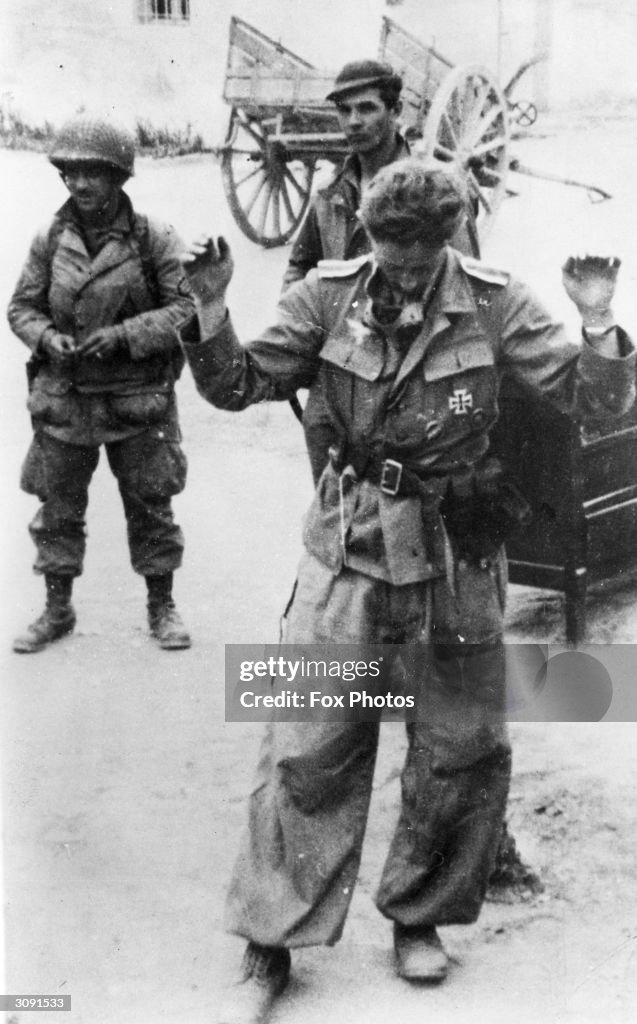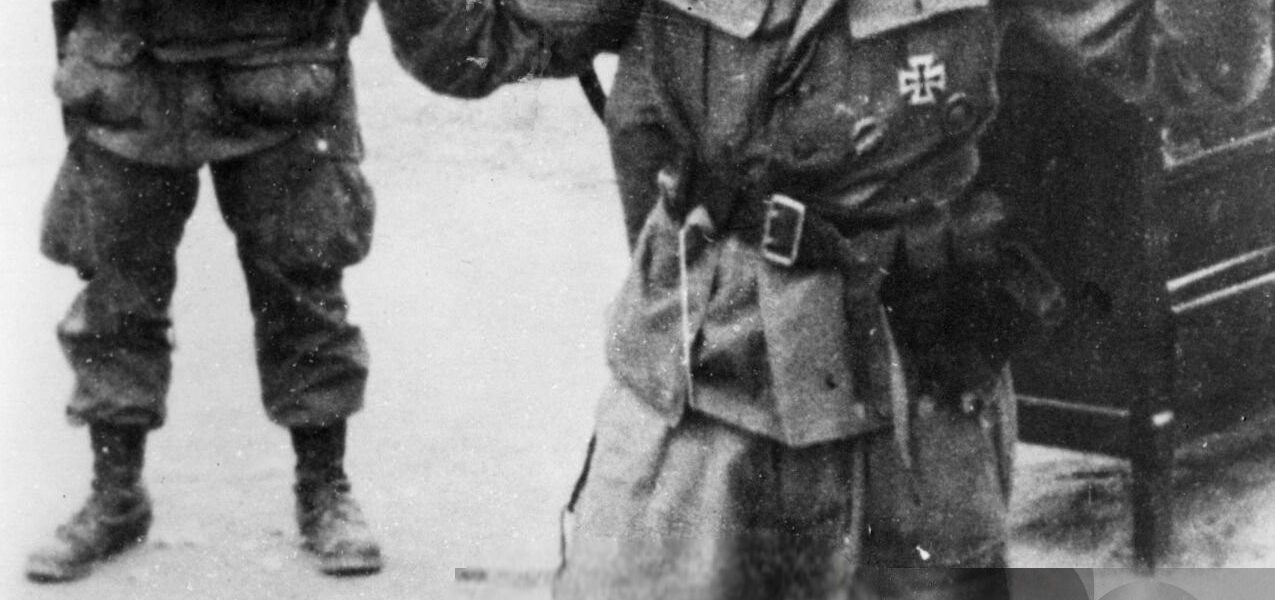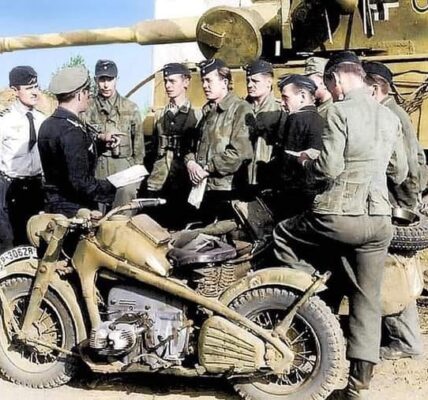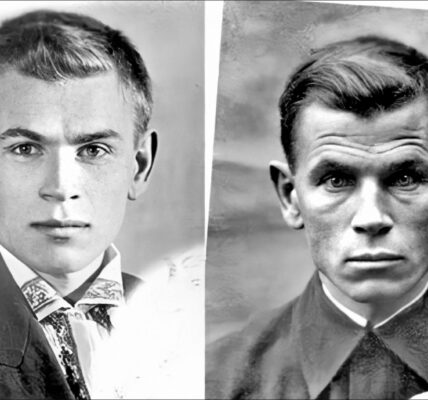
On January 26, 1943, amidst the dusty hills and barren landscape of North Africa, a scene of symbolic significance takes place: A German officer, decorated with the Iron Cross – the symbol of soldierly valor in the Third Reich – stretches out his hands to the Allied soldiers and surrenders.
The setting is Tunisia, the last stronghold of the Axis powers in North Africa . After the costly fighting in Libya and the defeat at El Alamein (October–November 1942), the German and Italian troops under Field Marshal Erwin Rommel had increasingly gone on the defensive. The Allies – British, Americans, and French – increased the pressure after the landings in Algeria and Morocco as part of Operation Torch.
This officer’s surrender was emblematic of the emerging turning point in the war: the myth of the invincible Wehrmacht began to crumble, even outside of Europe. In North Africa, well-trained but emaciated German units fought against superior forces with better supply and air superiority.
Although the officer wears the Iron Cross—a symbol of past successes or bravery in combat—he recognizes at this moment the hopelessness of his situation. The war in North Africa will end in May 1943 with the complete surrender of the German-Italian troops—over 250,000 soldiers.
were taken prisoner by the Allies.
January 26, 1943, marks a silent but significant step on this path: a single man lays down his weapon – and with him a piece of the claim to victory that Nazi Germany so doggedly pursued.




